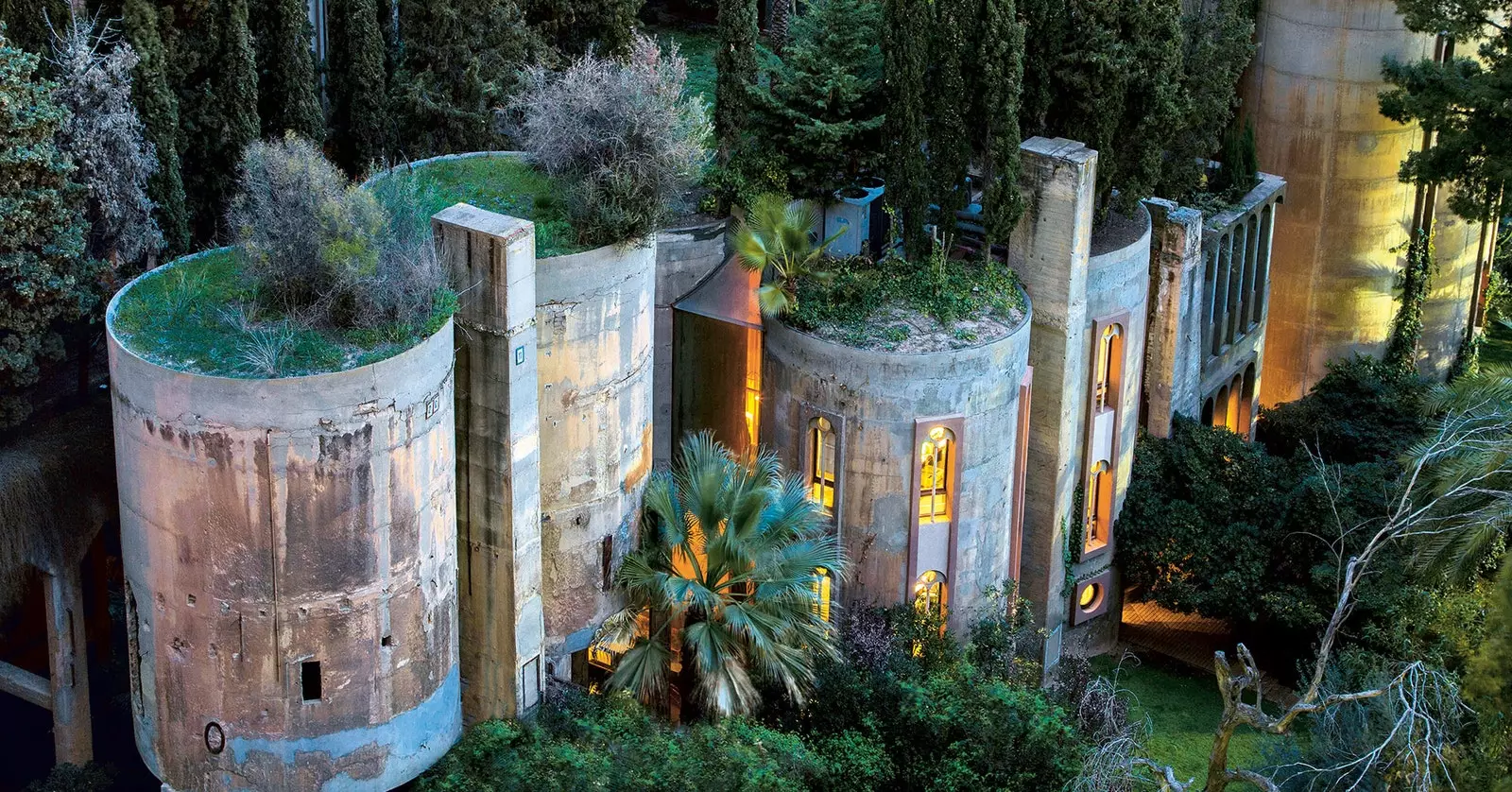
The Sant Just Desvern factory that Ricardo Bofill reformed in the 70s
“We walk among ghosts. It is in our hands to decide if we want to accept them, celebrate them and learn from them.” Dan Barash thus refers to the abandoned architectures that dot the world, to these exoskeletons that contain silence, dust and weeds. That nothing inside her, that silence is, in truth, a witness to history.
We can affirm that Barasch is a expert of what nobody wants. In fact, he is one of the founders of one of those extravagant (and wonderful) ideas that flood New York : Turn abandoned Lower East Side streetcar tracks into an underground park. Because, if Highline is a reality, why couldn't 'Lowline' be? What if we create a forest underground?
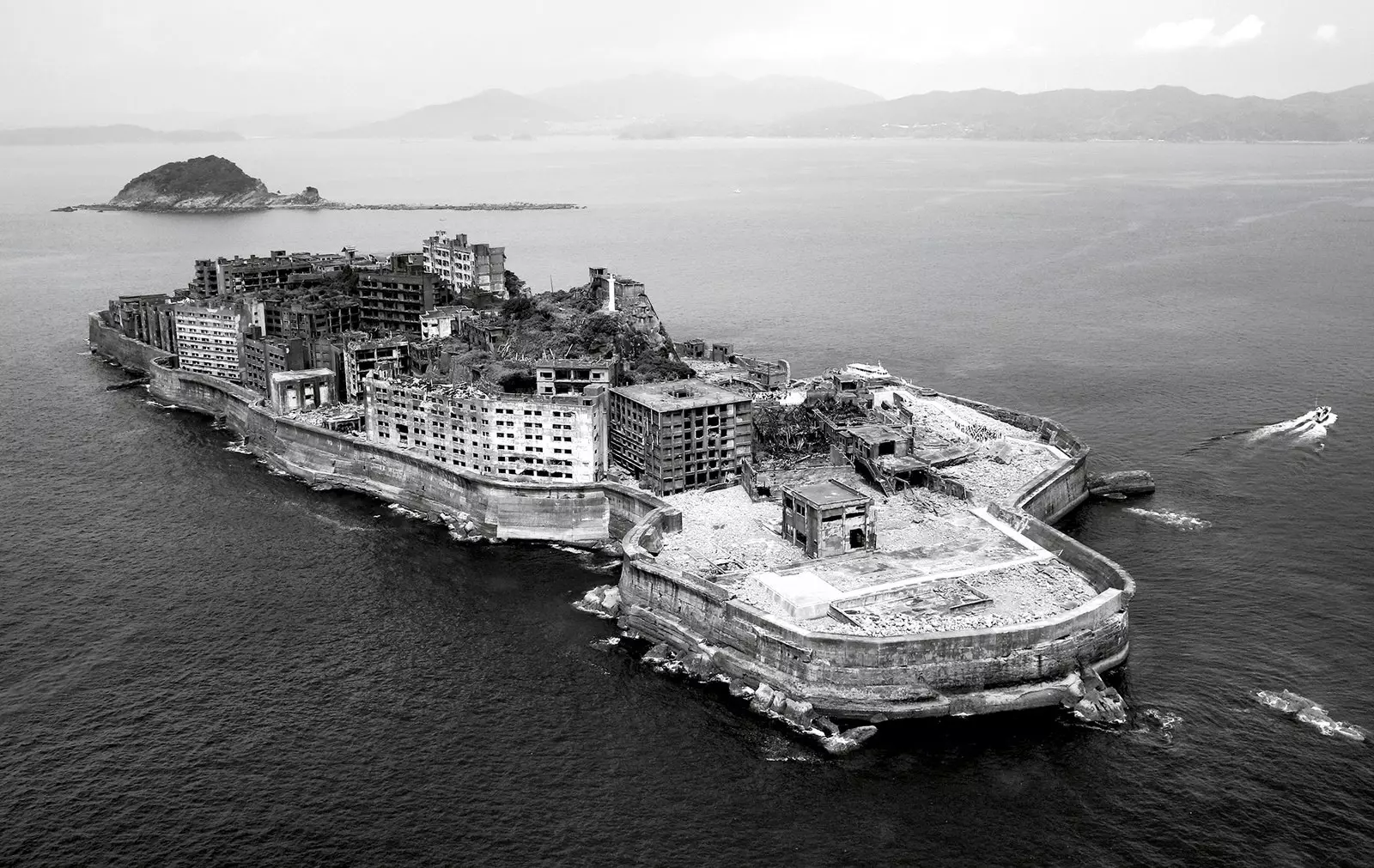
The Japanese island of Gunkanjima
He told his partner, the architect James Ramsay, and together they got to work with a campaign of crowdfunding with which they came to open the doors of this dream with an exhibition in 2012. But now everything hangs by a thread so that it does not fall into oblivion.
It is precisely from this oblivion that his book is nourished. Ruin and Redemption in Architecture (Phaidon) . In it, he theorizes and exemplifies what happens to those buildings when the last breath of human life leaves the place.
Barasch proposes four scenarios that he turns into the chapters of the story: demolition and destruction _(Lost) _, oblivion and helplessness _(Forgotten) _, blank canvas and creativity _(Reimagined) _, second life _(Transformed) _.
In the pages of this glossary of abandoned giants we will begin, first, by missing those who are no longer here: we will navigate between the skeleton of Brighton's West Pier , we will yearn for a neo-gothic castle that we will never be able to visit in the Belgian Ardennes (the Château de Noisy) or we will hallucinate with the brutalist architecture of London's Robin Hood houses, demolished in 2017, and whose "streets in the sky" (which were intended to encourage the interaction of their neighbors), are more reminiscent of the novel's radical dystopia The skyscraper , by J.G. Ballard, than to a peaceful community of neighbors.
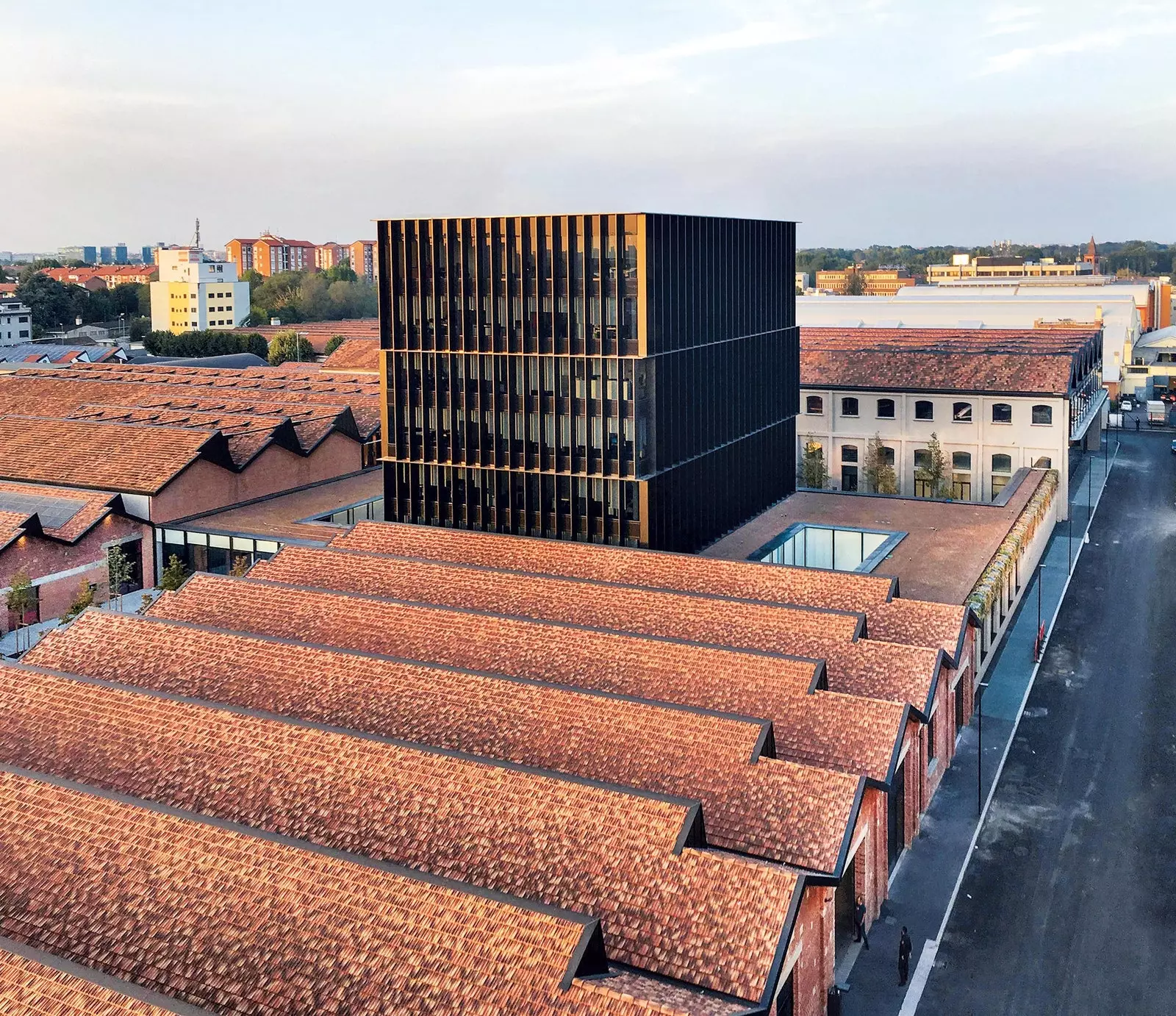
Gucci Hub, in Milan
The demolition as clean, as a clean slate. But also as oblivion. The same that suffers those places that die, day by day, without anyone looking at them (except the fans of the Urbex, the community that gives shelter on the internet to these searchers of buildings from nowhere, a group of photographers, historians or simply curious, who share this "urban exploration" on the networks). This is the case of **the armored island of Gunkanjima in Japan; of the InTempo building in Benidorm **, which has been waiting to finish its construction since 2007; or of Lisbon panoramic restaurant.
Dan Barasch reaffirms himself as a great lover of the abandoned: “By preserving these places and saving them we are honoring their history, showing curiosity for a lost era and creatively assimilating that history into the modern world” , he tells us.
But what is better, an abandoned place on which to imagine a past or a blank canvas from which to create? The third chapter is an acknowledgment to the lunatics who dare to create without limits (and usually without funds) and with a common goal: return it to the community as meeting places.
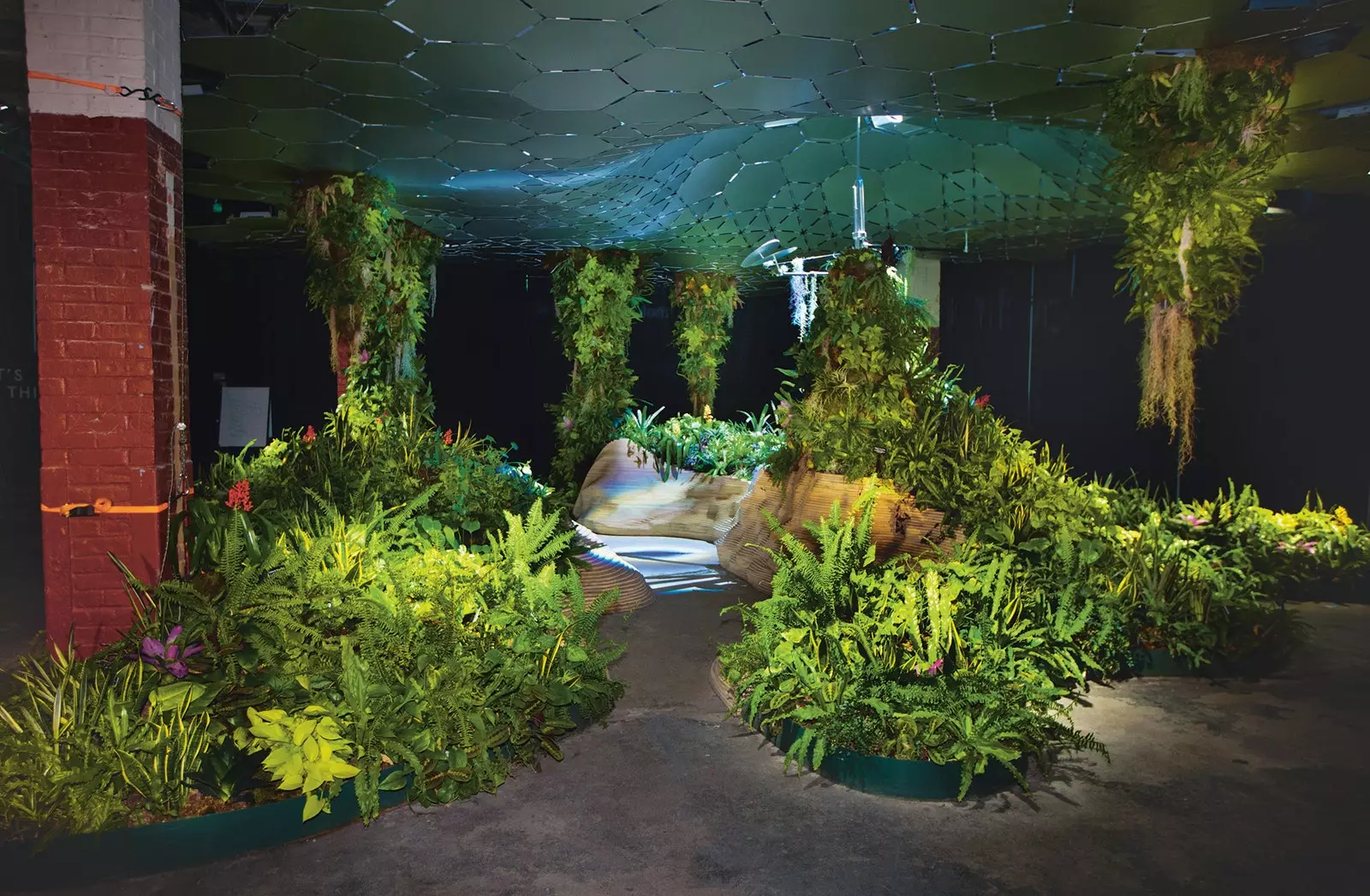
low line
We are seeing it with 'the new Notre Dame' . There are dozens of ideas that haunt the imagination of architecture studios. Thanks to these creative impulses we have been able to discover Vincent Callebaut's ecological dream and his cathedral -wood-framed forest ; or the proposal of reconstruction of the famous needle in Baccarat crystal (by Massimiliano and Doriana Mandrelli Fuksas, the Fuksas Architects duo) .
Barasch did not reach the fire of the Parisian giant, but he has compiled some projects that may come true in the near future. Among these chimeras, his personal project: Lowline.
Currently, the development of it hibernates due to lack of funds: “European urban planners looking for innovative underground designs in abandoned historic structures: let's talk!” , he claims.
Ruin and Redemption in Architecture finishes off with those buildings that, keeping their bones, mutated their function, their concept and their essence into something completely new . This was the case with the silo complex in Cape Town, which ended up housing the largest African art institution on the continent, the Zeitz Museum of Contemporary African Art and a hotel. Or with the famous cement factory of Sant Just Desvern that inspired Barasch to write this book, and that Ricardo Bofill turned into an immense labyrinth of gardens, workshops... and into his own home, full of life, of voices, away from dust and clay.
We can't stand silence. Perhaps because he confronts us directly with our mind when everything is silent. It is one of the effects produced by an abandoned place, invaded by the wild. When we enter, it is difficult for us to explore due to suspicion of that silence and we feel invaders from other lives and times. And also, how to deny it, because of that cinematographic fear that invades us every time we cross a door or leave behind a dark corner. Will there be someone here?
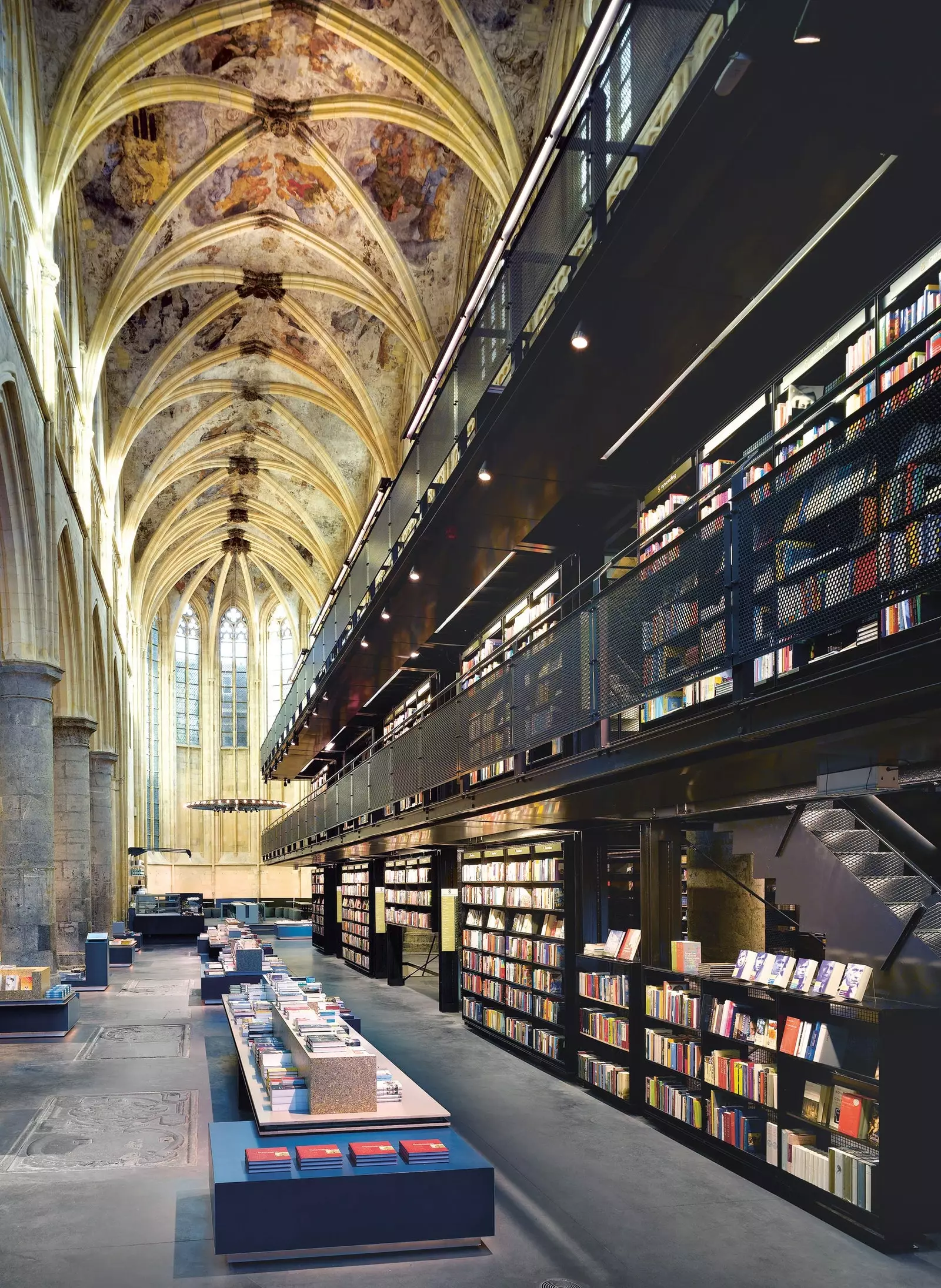
Boekhandel Selexyz Dominicanen, in Maastricht, converted in 2005
***** _This report was published in **number 131 of Condé Nast Traveler Magazine (September)**. Subscribe to the printed edition (11 printed issues and a digital version for €24.75, by calling 902 53 55 57 or from our website). The September issue of Condé Nast Traveler is available in its digital version to enjoy on your preferred device. _
